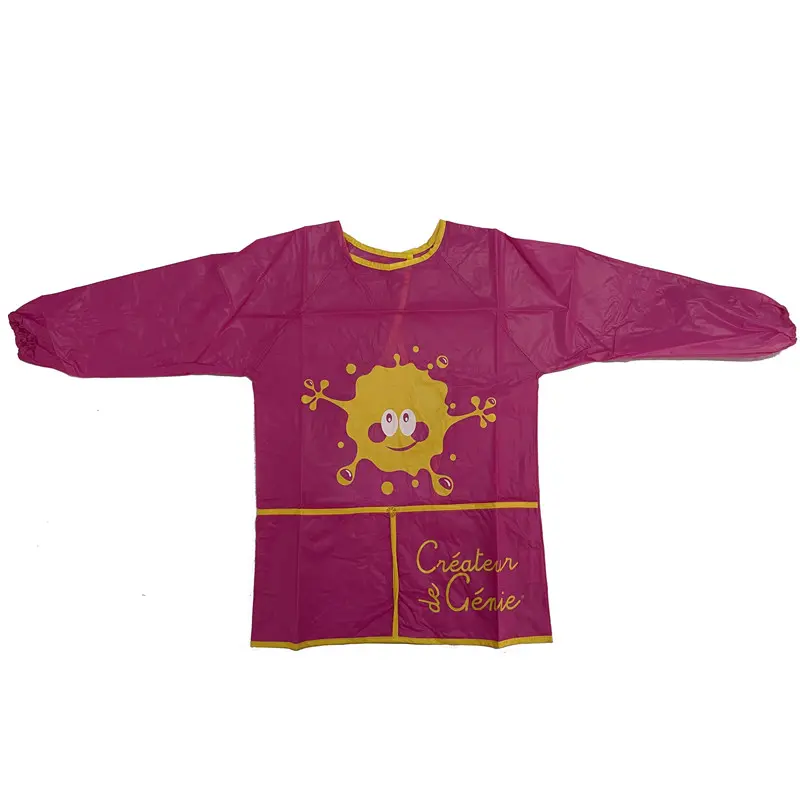Oct . 18, 2024 10:48 Back to list
Fishing Apparel Manufacturer Specializing in High-Quality Rain Gear for Outdoor Enthusiasts
The Rise of Fishing Rainwear Manufacturers A Deep Dive into the Industry
Fishing is not merely a hobby for millions; it’s a way of life that transcends regions and cultures. However, angling enthusiasts are often at the mercy of inclement weather, which can ruin a perfect day on the water. To combat this, the fishing rainwear industry has seen significant growth, marked by a variety of manufacturers dedicated to providing specialized gear that ensures comfort and protection against the elements. In this article, we will explore the evolution, technology, and future trends within the fishing rainwear manufacturing landscape.
The Evolution of Fishing Rainwear
Historically, anglers relied on generic rain gear that offered limited protection and comfort. Early fishing rainwear was often made from heavy, non-breathable materials that would keep users dry yet cause them to overheat. However, as the sport evolved, so did the demand for specialized clothing. Manufacturers began to focus on creating lighter, more flexible materials that also provided waterproof features.
The advent of synthetic materials such as Gore-Tex and other advanced fabrics revolutionized fishing rainwear. These materials allowed for increased breathability while maintaining waterproof capabilities, catering to the needs of various fishing environments—from freshwater lakes to saltwater oceans. Leading manufacturers now offer garments that are not just functional but also fashionable, appealing to a broader audience beyond traditional anglers.
Innovations in Technology
Today’s fishing rainwear manufacturers have embraced cutting-edge technology to enhance the performance of their products. Water-repellent coatings, seam-sealed construction, and moisture-wicking liners are just a few advancements that have made their way into modern fishing apparel. The use of lightweight, durable materials means that fishermen can remain mobile and agile, critical factors when navigating rocky shorelines or casting from a boat.
Moreover, manufacturers now incorporate ergonomic designs that cater to the active lifestyle of anglers. Features such as reinforced cuffs and adjustable hoods provide a snug fit, reducing the likelihood of water seepage. In addition, reflective elements enhance safety during low-light conditions, allowing anglers to remain visible to others.
Sustainable Practices in Rainwear Manufacturing
fishing rainwear manufacturer

In recent years, there has been a notable shift towards sustainability within the fishing rainwear sector. As environmental awareness grows, manufacturers are increasingly prioritizing eco-friendly materials and production processes. Brands are exploring the use of recycled plastics and organic materials, striving to minimize their environmental impact.
Additionally, sustainable practices in manufacturing processes have gained traction. This includes reducing water waste, using non-toxic dyes, and ensuring fair labor practices within supply chains. Consumers are becoming more discerning, often opting for brands that align with their environmental values. As a result, manufacturers are not just competing on functionality; they are also emphasizing their commitment to sustainability.
The Market Landscape
The fishing rainwear market is now populated with various manufacturers, ranging from specialized small businesses to large outdoor apparel companies. This diversity has resulted in positive competition, driving innovation and quality for consumers. While established brands maintain a loyal customer base due to their long-standing reputation, emerging manufacturers often capture the market by focusing on niche designs, catering to specific fishing styles or local weather conditions.
Online retailing has also transformed how fishing rainwear is marketed and sold. E-commerce allows consumers to compare features, prices, and reviews easily. This accessibility increases competition among manufacturers, encouraging them to innovate and offer better products at more competitive prices.
The Future of Fishing Rainwear
Looking ahead, the future of fishing rainwear manufacturing appears bright. As technology continues to progress, we can expect even more innovations that enhance product performance. Smart textiles that respond to environmental changes, such as temperature-sensitive materials that regulate warmth, may soon become mainstream in the industry.
Furthermore, as climate change continues to affect weather patterns, manufacturers will likely adapt their offerings to meet the needs of anglers who face unpredictable weather. The demand for multifunctional apparel that can be used in various outdoor activities is also expected to rise.
In conclusion, fishing rainwear manufacturers play a critical role in enhancing the fishing experience for enthusiasts worldwide. Through technological innovation, sustainable practices, and a growing understanding of consumer needs, the industry is poised for continued growth, ensuring that anglers remain protected and comfortable, no matter the weather.
-
High-Quality Body Storage Bags – Reliable Manufacturer, Factory & Exporter
NewsJul.08,2025
-
High-Quality PE Cadaver Bag for Pets Reliable Manufacturer & Supplier
NewsJul.08,2025
-
Medical Depot - Leading Medical Depot Factory, Manufacturer & Exporter
NewsJul.08,2025
-
High-Quality Work Raincoat – Reliable Manufacturer & Exporter Direct from Factory
NewsJul.07,2025
-
High-Quality Pet Dead Body Bag - Reliable Manufacturer, Factory & Exporter
NewsJul.07,2025
-
High-Quality Vinly Vest Manufacturer & Exporter Custom Vinly Vest Factory
NewsJul.06,2025





